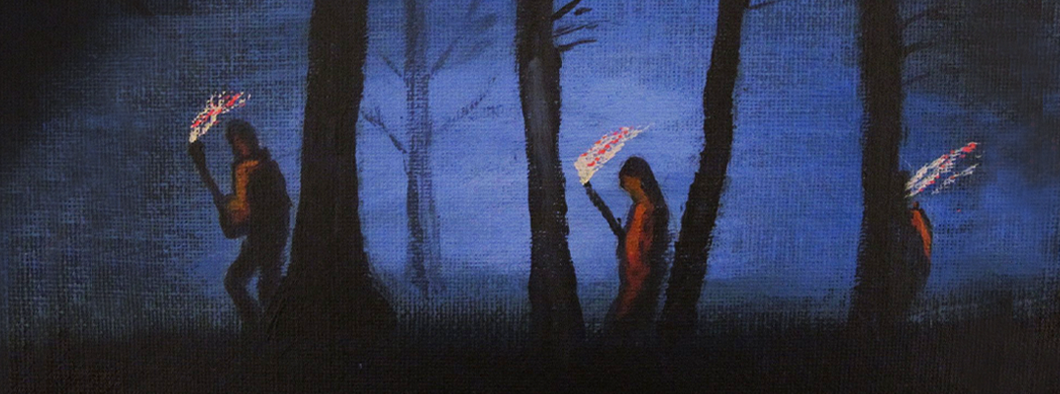Ta’n mimajuaqn tel-sa’se’wa’sikek ta’n tujiw pejita’titek aqalasie’wk
How life changed with the arrival of Europeans
Tan Pomawsuwakon ksi-acehrasik tuciw petapasihtit okamonuhkewiyik
Theme:
Ta’n Wenin
Identity
Tan Wen Wetapeksit
Global Competencies
Critical Thinking and Problem Solving
- 1. Learners connect, construct, relate and apply knowledge to work, family and community. (Activity 1)
- 2. Learners analyze the function and interconnections of social, economic and ecological systems. (Activity 1 and 2)
Collaboration
- 1. Learners take on various roles. (Activity 2)
Communication
- 1. Learners communicate using a variety of media, listen and show empathy to understand all points of view. (Activity 2)
Global Citizenship and Sustainability
- 1. Learners recognize discrimination and promote principles of equity, human rights and democratic participation. (Activity 2)
- 2. Learners understand Indigenous traditions and knowledge, learn from diverse people and develop cross-cultural understanding. (Activity 3)
Curriculum Outcomes
English Language Arts
General Curriculum Outcomes
- 1. Explain personal opinions and respond to the questions and opinions of others. (Activity 1 and 2)
- 1. Listen critically to others’ ideas or opinions expressed. (Activity 1 and 2)
- 4. Engage in and respond to oral presentations (retell a story, write a play). (Activity 1 and 2)
- 7. Identify examples of prejudice and stereotyping in oral language and use language that shows respect for all people. (Activity 2)
- 4. Use pictures and illustrations to locate topics and to obtain or verify understandings of information. (Activity 3)
- 5. Use an electronic search to facilitate the selection process. (Activity 3)
- 7. Discuss text from the perspectives of their own experience. (Activity 1)
- 9. Create written texts in different modes (expressive, transactional, and poetic). (Activity 2)
Health
Specific Curriculum Outcomes
- 1.1. Examine the benefits of healthy eating (in a historical context). (Activity 3)
Science
Specific Curriculum Outcomes
- 204-6. Identify various methods for finding answers to given questions as well as solutions to given problems, and ultimately select one that is appropriate. (Activity 1 and 2)
- 206-1. Classify according to several attributes and create a chart or diagram that shows the method of classifying. (Activity 3)
Social Studies
Specific Curriculum Outcomes
- 4.2.3. Evaluate the impact of exploration over time. (Activity 1 and 2)
- 4.3.3. Examine the relationship between humans and the physical environment. (Activity 1 and 3)
Associated Text Materials
Grade 4 – Explorations
- p.130 – What influences where people live?
- p.166 – What other symbols could represent Canada?





